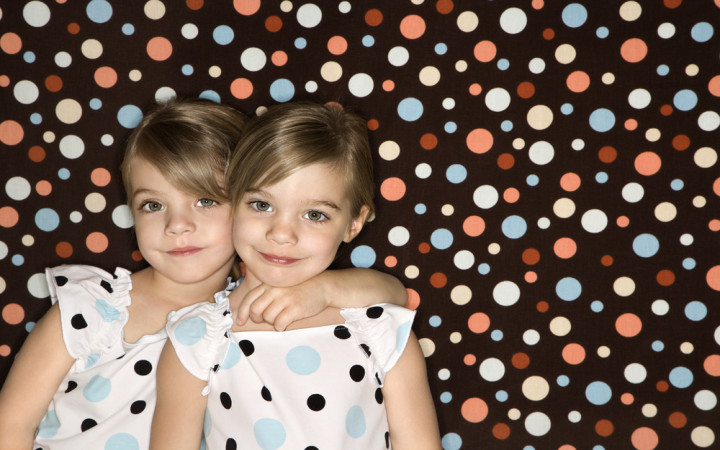Today’s Wonder of the Day was inspired by Lily. Lily Wonders, “Why are they called polka dots?” Thanks for WONDERing with us, Lily!
If you've ever shopped for children's clothing, toys, or furniture, you're most likely very familiar with polka dots. Polka dot is a pattern created by filling a space with dots that are usually evenly sized and spaced closely together.
Fashion experts believe polka dots first became a popular pattern on clothing in the late 1800s in England. References to the term “polka dot" can be found as early as 1871 in Godey's Magazine.
Polka dots got their name from the dance of the same name. Although they're not directly connected to the dance in any way, the polka dance was very popular at the time the pattern became fashionable on clothing.
At the time, there were many other “polka" products, from polka hats to polka jackets. Most of these items disappeared when the polka dance fad faded away.
The polka-dot pattern, however, has remained popular over the years and has kept its name.
The polka is a fun and lively dance — and a specific type of dance music often featuring the accordion — popular throughout Europe and North America. It began in the mid-1800s in central Europe in the area that is now the Czech Republic.
The polka dance got its name from the Czech word půlka, which means “little half." This is a reference to the short half steps that make up the basic steps of the dance.
Many people mistakenly believe that polka dancing started in Poland, because the dance's name is spelled the same as the Czech and Polish word Polka, which means “Polish woman or girl."
Some historians believe polka dancing and music were first created by Anna Slezakova in 1834. She lived in an area called "Bohemia," which is now the Czech Republic.
Her dance and music, created to accompany a local folk song, began a dance craze that spread across Europe and even to America within a decade. Polka remained a popular dance until the early 1900s, when new forms of music — like ragtime jazz — became the new craze.
Polka has never gone away, though. Polka dances are still held weekly all over the United States in areas with large populations of people with Central European heritage.




